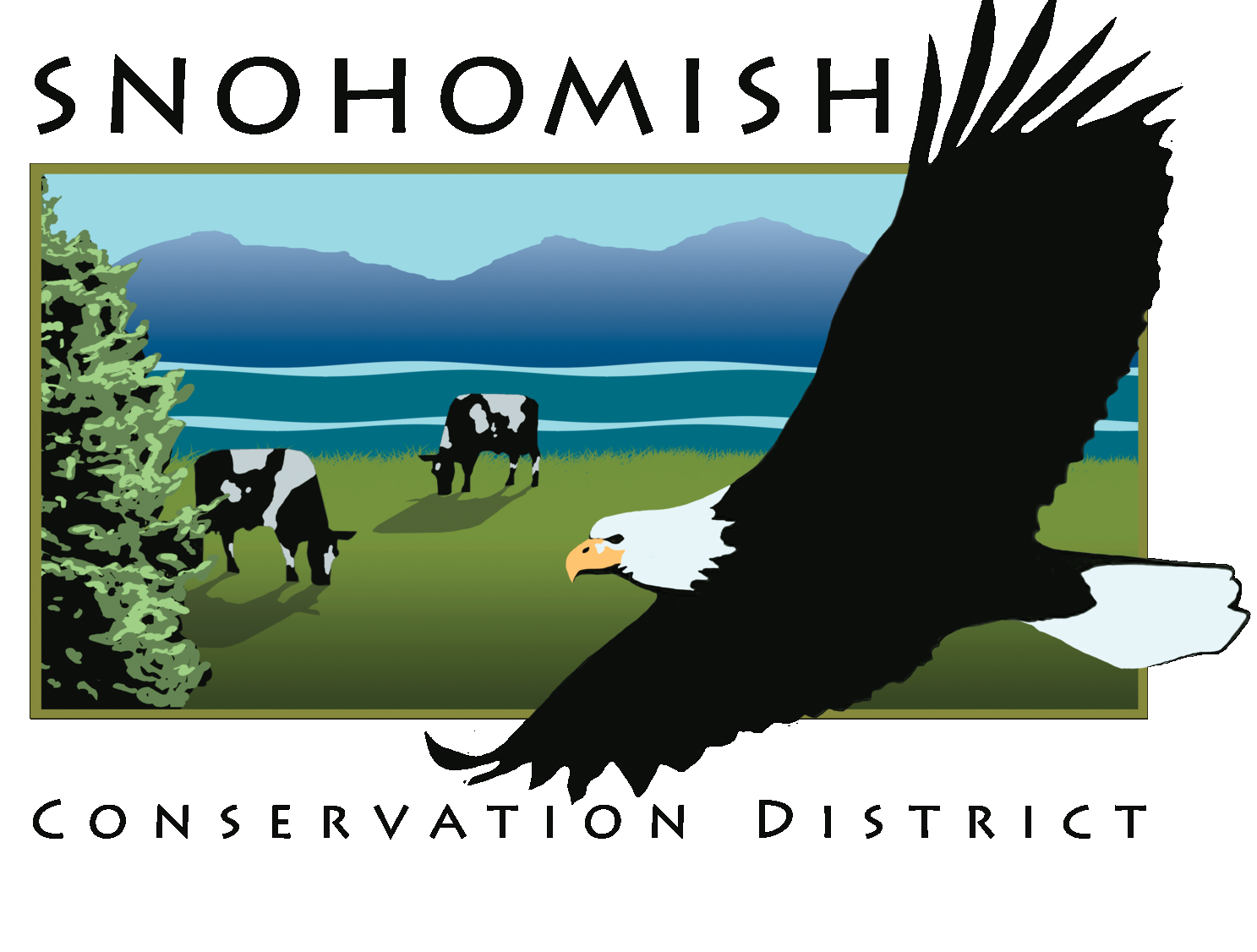Reciprocal Relationship: Restoring & Receiving on the Skykomish
/As a Restoration Ecologist, Paul Cereghino recognizes the enormity of the challenge we’re facing in our region.
“If you think about every river and stream, every wetland, all the forested buffers, it's over 1,000,000 acres of land across the lowland Salish Sea. A lot of this landbase is degraded and needs restoration,” Paul explains.











